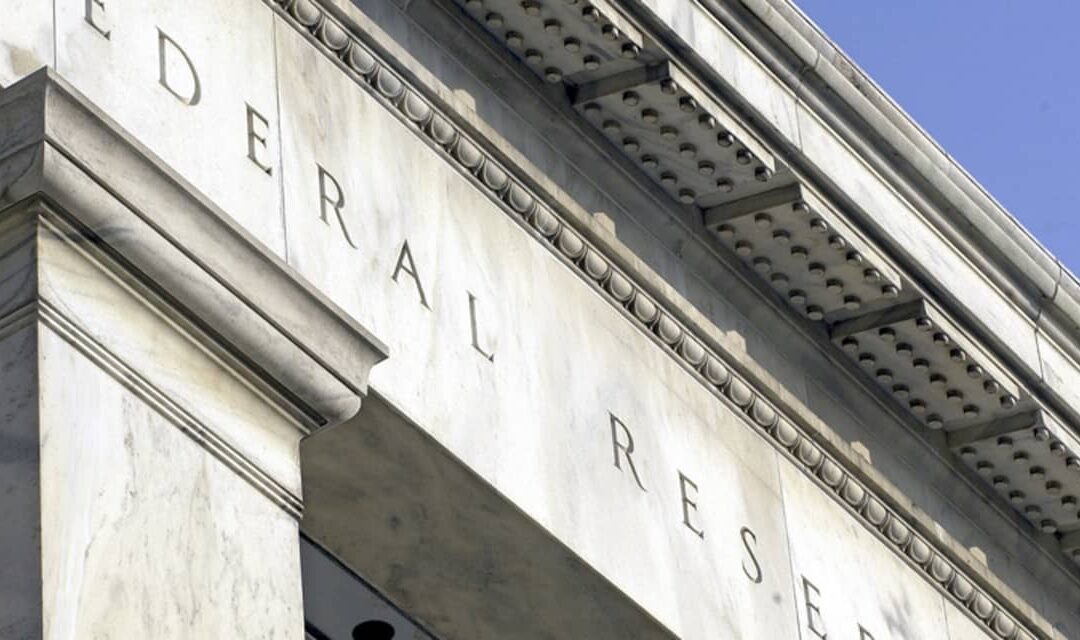How about nothing? Does nothing work for you?
Investors came into 2024 looking for six or more quarter percentage point interest rate cuts by the Federal Reserve, but now see only three. They should further revise that all the way down to zero, argued Torsten Slok, the closely followed chief economist at Apollo Global Management, in a Friday note.
“The reality is that the U.S. economy is simply not slowing down, and the Fed pivot has provided a strong tailwind to growth since December,” he wrote. “As a result, the Fed will not cut rates this year and rates are going to stay higher for longer.”
Apollo Global Management
The adjustment in expectations from six cuts to three, aside from the occasional hiccup, hasn’t stood in the way of a stock-market rally that still seems to be taking its cues in large part from excitement around artificial intelligence and big technology companies. And besides, three rate cuts is in line with what the Fed has been signaling via it’s so-called dot-plot forecast.
The S&P 500
SPX
rallied more than 5% in February and gained 6.8% in the first two months of 2024, while the Dow Jones Industrial Average
DJIA
saw a 2.2% February gain and a 3.5% year-to-date rise, the strongest start to a calendar year for both indexes since 2019. Meanwhile, the Nasdaq Composite
COMP
logged its first record close in more than two years on Thursday.
Key Words: Why the stock market ‘doesn’t look very bubbly’ to Ray Dalio right now
The question for investors should Slok prove correct is how stocks would hold up in the face of a much “higher for longer” scenario. The 10-year Treasury yield
BX:TMUBMUSD10Y
briefly topped 5% last October, around the time stocks saw their 2023 bottom.
Yields, which move opposite to debt prices, subsequently fell back and the stock-market rally picked up steam. The 10-year yield stands near 4.21% after dipping below 3.8% in late December. Higher yields can be trouble for stocks, in part by making it harder to justify stretched equity valuations.
Slok offered a list of 10 reasons why the Fed will likely remain on hold, including growth expectations, which “saw a big jump following the Fed pivot in December and the associated easing in financial conditions. Growth expectations for the U .S. continue to be revised higher.”
Others include a tight labor market and sticky wage pressures, surveys indicating small businesses intend to keep raising prices, while manufacturing and services firms continue to report higher prices paid for inputs.
Financial conditions also continue to ease following the Fed policy pivot in December with record-high issuance of investment-grade corporate debt, high high-yield issuance, IPO activity rising, M&A activity rising, and tight credit spreads and the stock market reaching new all-time highs, Slok said.
“The bottom line is that the Fed will spend most of 2024 fighting inflation. As a result, yield levels in fixed income will stay high,” Slok said.









